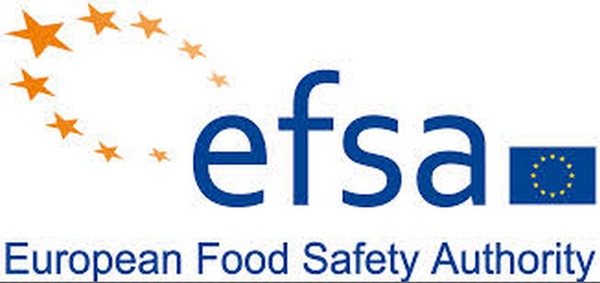A study commissioned by the European Food Safety Authority (EFSA) has identified 28 key topics that future food safety work should focus on. The list will guide future collaborations between the EFSA and European Union Member States in their efforts to improve the national state of food safety.
The 28 topics are grouped into five categories:
Chemical
- Harmonization of methods for risk assessment of chemical contaminants
- Cumulative exposure assessment (e.g. for pesticide residues)
- Infant and baby food
- Emerging contaminants
Microbiological Risk Assessment
- Systems for monitoring and characterizing microbes isolated from food, environment and human illness cases
- Improve the use of genetic data (e.g. from whole genome sequencing) for risk assessment of microbiological contaminants
- Antimicrobial/ antibiotic resistance
- Microbial food pathogens (in general)
- Foodborne viruses (in general) (e.g. Hepatitis A and Norovirus in fruit and vegetables)
- Campylobacter (e.g. in poultry and ready to eat foods)
- Zoonoses (in general, including bio-hazards, Methicillin-resistant Staphylococcus aureus, etc.)
Environmental Risk Assessment
- Improving information on the occurrence and spread of harmful organisms at the level of individual EU countries
- Ribonucleic acid interference applied to food producing organisms as pesticide, veterinary medicine, or newly expressed trait in genetically modified crops
- Better understand biological organisms and plant substances used in crop protection (so reducing the need for chemicals e.g. pesticides)
- The impact of chemicals on the ecosystem (release of chemicals to the environment)
- Presence/detection of environmental contaminants (e.g. from agricultural, industrial or household sources) in food
- Cocktail effects (the health risk assessment of chemical mixtures e.g. food additives)
Nutrition
- Indirect effects on human health due to modified agricultural practices (e.g. via reduction of pesticide use, changed content of mycotoxins, etc.)
- Developing standard biomarkers of intake and/or exposure to contaminants
- Food supplements risk/benefits
- Determination of allergen thresholds (clinical studies), in conjunction with immunochemical measurements of allergens in foods
A Generic Category of Cross-Cutting Issues
- Methods and systems for identifying emerging (food) risks (e.g. new foodborne diseases)
- Development of standard risk-benefit assessment methods
- Common data collection/surveillance scheme (over many domains) across Europe
- Multiple contaminant impacts on the risk profile of foods
- Risks/benefits of botanicals/herbals in food supplements
- Allergenicity/ food allergens in general (risk assessment and management)
- Aggregated exposure (as per cocktail effects, but including environmental as well as food exposures)
The study was conducted with the assistance of more than 200 scientists and experts in fields related to food safety and risk assessment. Given certain criteria, the participants were tasked with identifying and rating what they believe to be food safety priorities. The experts’ ratings were based upon criteria such as potential for saving resources, their added value to support risk assessment activities, and their potential to improve harmonization of risk assessment.
Sign up for Food Safety Magazine’s bi-weekly emails!




